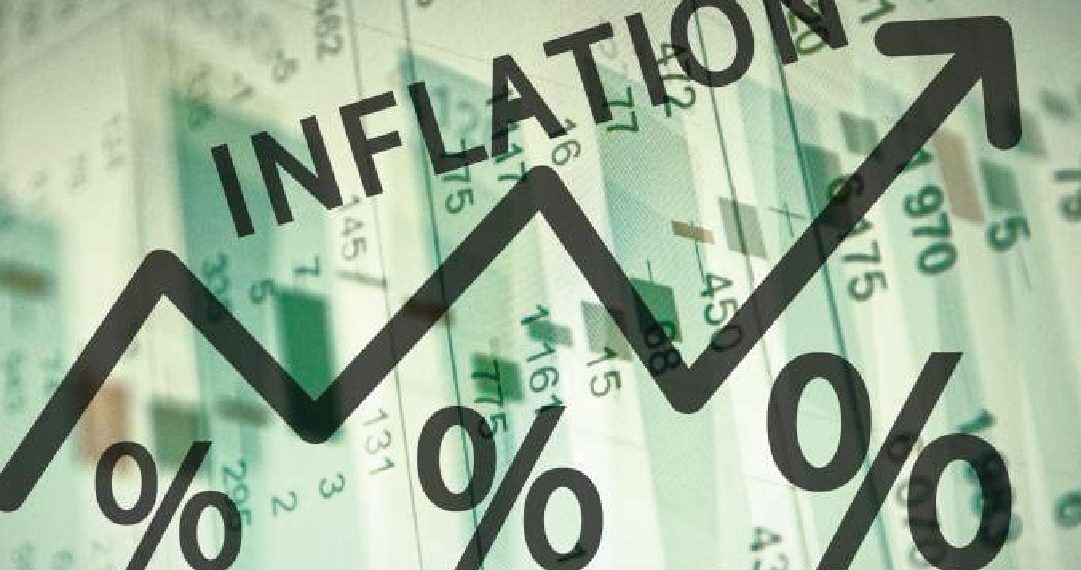Oil prices soared higher on Tuesday, September 19, trading close to five-month highs after key Middle Eastern producers showed they continued to comply with output cuts under an OPEC-led deal that Iraq’s oil minister said could be extended or deepened.
Benchmark Brent crude futures LCOc1 were up 6 cents at $55.54 a barrel by 1333 GMT, not far off a five-month high of $55.99.
U.S. West Texas Intermediate (WTI) crude futures CLc1 were up 34 cents at $50.25.
Sentiment has been buoyed since last week when the International Energy Agency (IEA) lifted its 2017 demand outlook and the Organization of the Petroleum Exporting Countries estimated that the world would need more of its crude next year.
“The bullish trend for oil is fed by a few factors, like upward revisions in oil demand from OPEC and the IEA, Saudi Arabian exports dropping to a three-year low in the summer and, last but not least, continuing weakness of the U.S. dollar,” said Frank Schallenberger, head of commodity research at LBBW.
Adding to the bullish mood, OPEC’s second-biggest producer Iraq said on Tuesday that the group was discussing several options for its supply pact, including an extension beyond March and a further output cut.
Iraq itself has limited output by about 260,000 barrels per day (bpd), its oil minister said, exceeding its 210,000 bpd quota agreed under the OPEC-led pact.
His comments come a day after official export data showed that Saudi Arabian July crude exports dropped to the lowest level in three years, highlighting its own compliance with the restrictions.
OPEC will meet again with non-OPEC nations on Friday to discuss progress of the supply pact.
Nigeria and Libya will also send representatives to the meeting despite being exempt from the current deal, an OPEC source told Reuters. Rising output from both countries has kept a lid on oil price gains, prompting suggestions that they could be included in the deal.
Rising crude prices, meanwhile, have encouraged drilling in U.S. shale oil regions. The U.S. government said on Monday that it expects shale output to rise for a 10th straight month in October.
Output across seven shale plays is forecast to rise by nearly 79,000 bpd to 6.1 million bpd, according to the U.S. Energy Information Administration.
Traders also kept a close watch on the progress of Hurricane Maria in the Caribbean. Although it remains far from the U.S. oil production heartland in the Gulf of Mexico, it could dampen oil demand and disrupt maritime trading routes.














